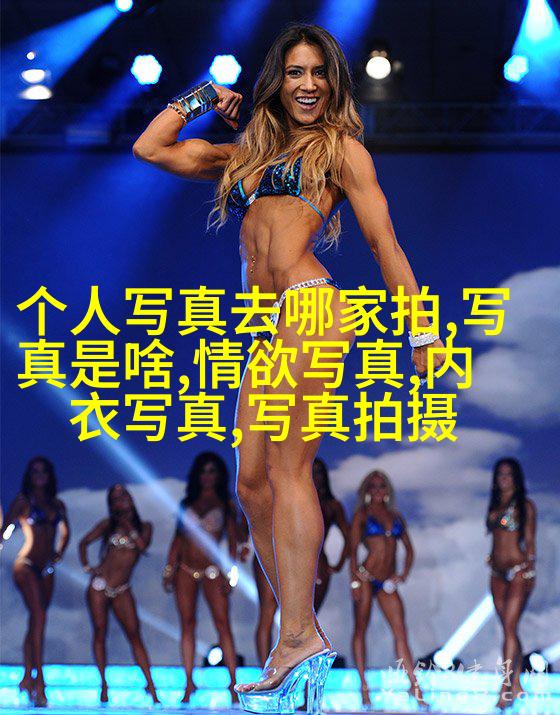Runway to Rhapsody Unveiling the Melodic Language
Runway to Rhapsody: Unveiling the Melodic Language of Fashion in English

Fashion, an ever-evolving realm that transcends boundaries, has a profound connection with the English language. The harmony between these two worlds is not just about translating words from one tongue to another; it's more like conducting a symphony where each note resonates with precision and flair. In this article, we will delve into six key aspects that highlight the enchanting relationship between fashion and English.
Designers' Vocabulary

The world of fashion design relies heavily on descriptive vocabulary in English. Terms such as 'silhouette,' 'hue,' 'texture,' and 'cut' are used interchangeably by designers to convey their creative vision. These terms not only define the aesthetic appeal of a garment but also provide insight into its functionality. For instance, understanding how different cuts can flatter or accentuate various body types is crucial for creating garments that make people feel confident and stylish.
Runway Terminology

English is widely spoken at international fashion weeks around the globe, which makes it an essential language for designers showcasing their creations on catwalks worldwide. Words like 'runway,' 'fashion week,' and 'couture' have become synonymous with high-fashion events where designers unveil their latest masterpieces before discerning audiences.
Brand Names & Marketing Strategies

English plays a significant role in branding strategies within the global fashion industry as many prominent labels hail from countries where this language dominates – such as Britain (Burberry), America (Ralph Lauren), Italy (Gucci), France (Louis Vuitton) - among others.
These brand names serve as powerful marketing tools since they evoke emotions associated with cultural heritage while making products instantly recognizable across borders.

Style Influencers & Bloggers
In recent years, style influencers have emerged as influential voices within the world of fashion using social media platforms primarily dominated by English-speaking users – Facebook, Instagram, Twitter - to share trends they love or hate.
Their opinions often carry considerable weight among fans who seek inspiration from them for dressing up or staying abreast of current styles.
5.Fashion Journalism & Criticism
Fashion journalism forms an integral part of shaping public opinion about trends through print publications like Vogue magazine in England or Harper's Bazaar magazine in America.
Critiques written by journalists help readers understand why certain designs resonate with them emotionally while others may be less appealing due to cultural differences or personal taste preferences.
6.Fashion Education & Training Programs
Lastly, there exists numerous institutions offering courses specifically designed to educate students about both theory and practice related to designing clothes using terminology rooted deeply within English culture.
Learning techniques based on patterns cutting out fabrics requires proficiency in specific vocabulary used during these processes which further solidifies importance of knowing languages beyond native tongues when entering this field professionally speaking.
In conclusion, understanding "时尚 英文" allows us access into fascinating realms connecting aesthetics and communication through shared languages across cultures worldwide while fostering creativity leading towards betterment overall experiences felt inside diverse communities sharing same passion for beauty expressed via clothing choices reflecting our identities individually yet connected globally through common interest - timelessness captured beautifully within artistic expression known as "时尚".



